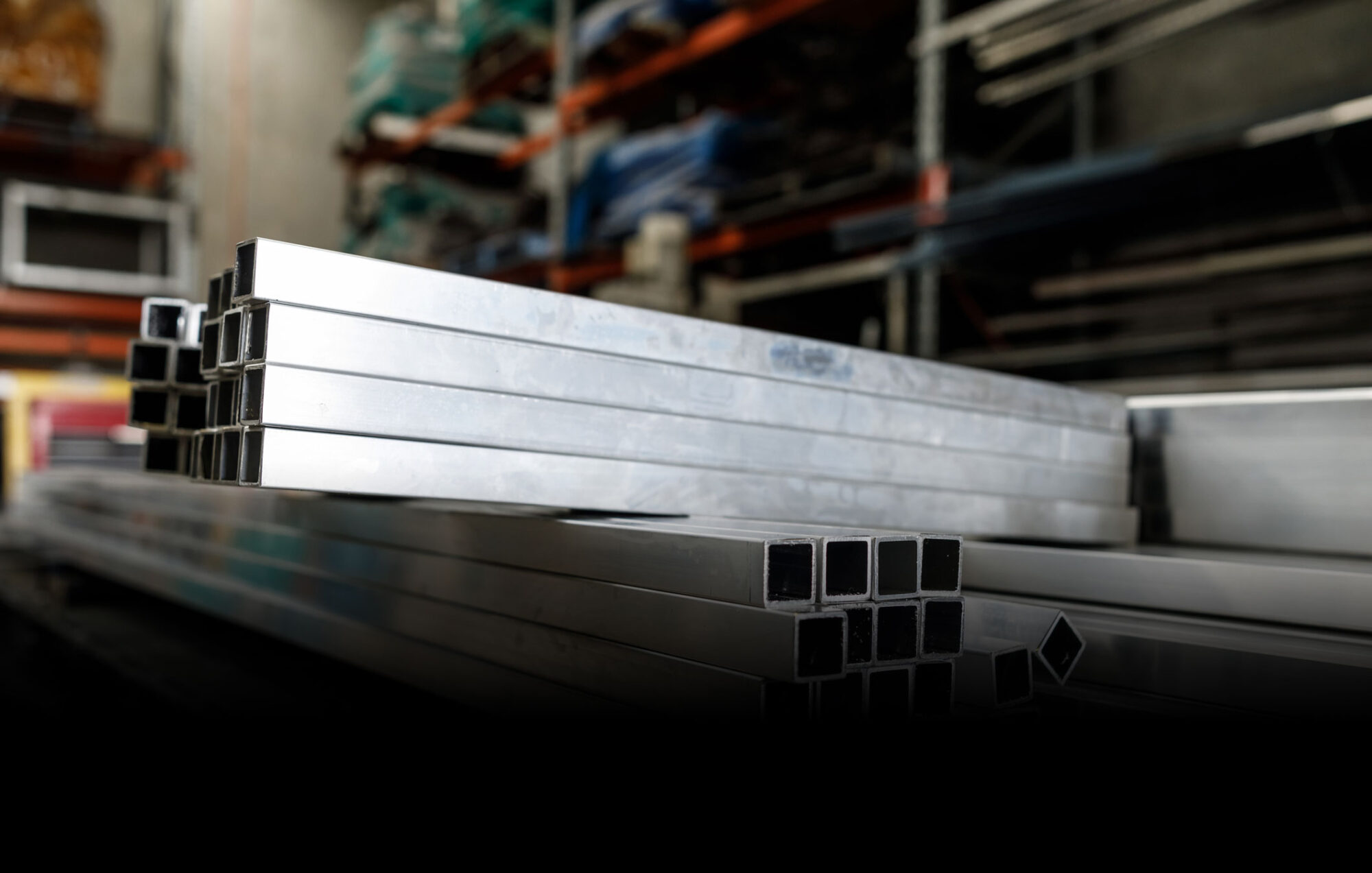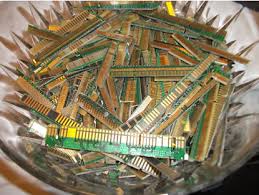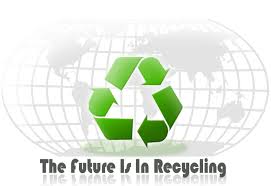Now, we realize, scrapping your old grill only happens once every 5 years or so. This is in no means a story of how to make a living or a side job out of stripping your home tv out of its wiring harnesses. It is however, a simple list of things at home that may be old and out of service long enough for you to decide to scrap it and get something for it. Scrapping at home is easy, and most of us have a truck load of things our local yard is willing to buy from us. Who knows, you may even get a new grill out of it.
Home computers, tablets and notebooks are quickly becoming the most clutter some in today’s households.
With the average home replacing these items every 2-3 years, where do they go. Statistically speaking they go to the dump, or out with the trash when we get around to selling or giving a way the old desk that has two computer sized paper weights sitting on it. The reality is, the average home PC that is over 3-5 years old has about $15-$20 worth of aluminum, circuitry and/or hard drives in them..and you may have 2-3 of them lying around. I know if I had $60 lying on a desk, I wouldn’t let it go.
Kitchen appliances are a must. The wear and tear on old pots and pans, as well as can openers and other items makes your kitchen into a smorgasbord of scrap metal offerings. Now don’t take what the family eats and cooks with and run off to the local yard, you might hear about that one and spend the rest of the day at William Sonoma.
The garage would probably be the first place your spouse or significant other would have told you to look in the first place. Not only will the garage boast more room, a cleaner look and look less garage like, you’ll actually put some money in your pocket. Everything from coffee cans full of nuts and bolts, to the old TV that comes in fuzzy, to possibly that Vanagon from the 1970’s, there’s always something in the garage that could use some recycling and be worth the time to remove it.










